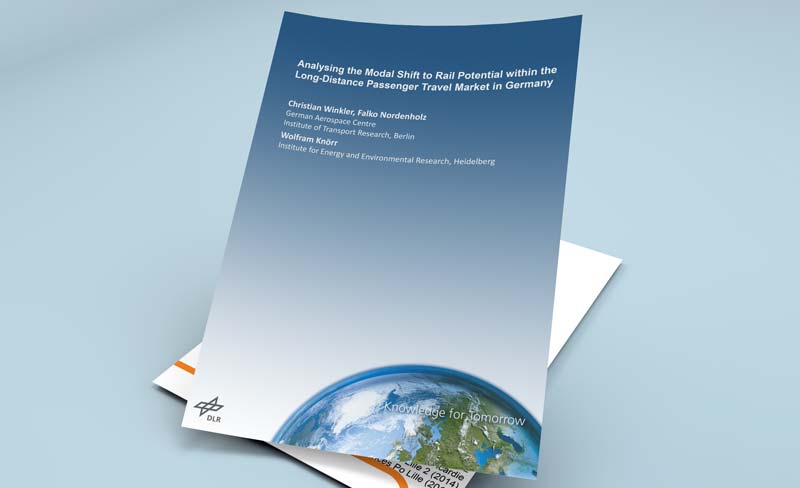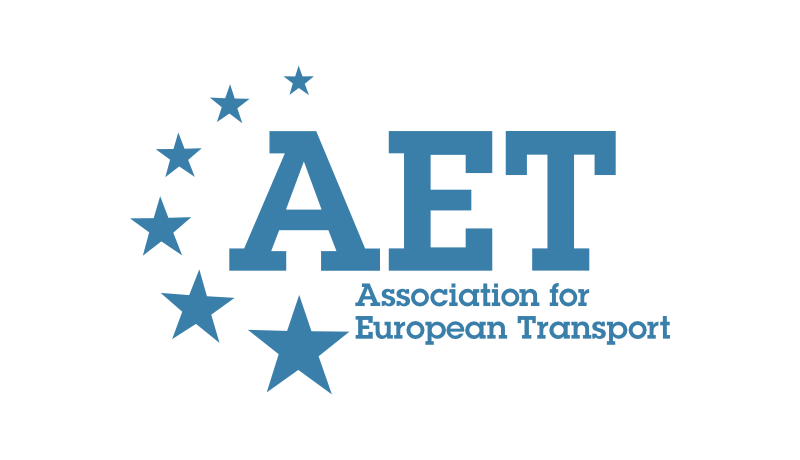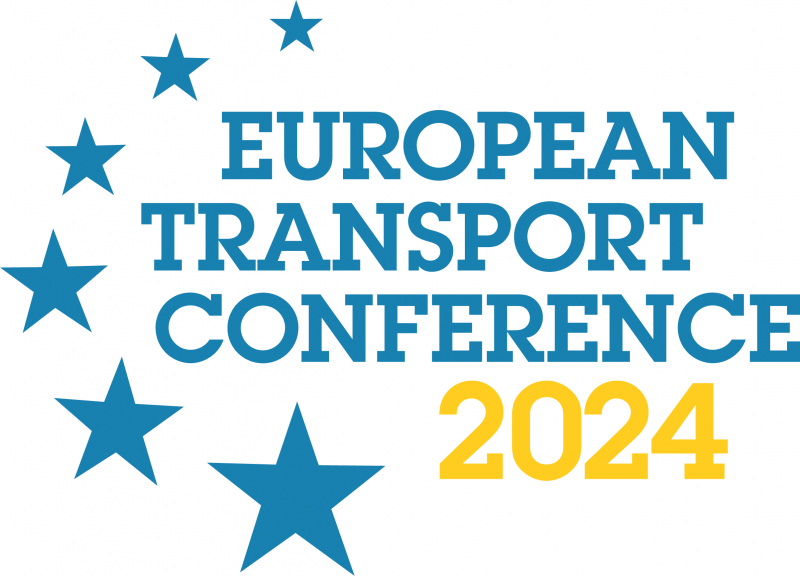-
Past ETC Papers

Browse, search and view papers from the past AET Conferences.
-
Members' Area

AET promotes networking and exchange of ideas, information and opportunities amongst members.
ETC Conference Papers
Conference Past Papers Repository
Consolidated calibration of Dutch National and four Regional Models- recent developments
Seminar
Day 3 (7 Oct 2016), Session 7, Multi-Modal Modelling 1, 09:00 - 11:00
Status
Accepted, documents submitted
Authors
Dusica Krstic-Joksimovic, Ministry of Infrastructure and the Environment, Rik Van Grol, Significance
Short abstract
This paper deals with the recent developments in calibration of the Dutch national and regional models that forecast the long term future of mobility in general and the traffic and transport conditions in particular
Abstract
This paper deals with the recent developments of the Dutch national and regional models that forecast the long term future of mobility in general and the traffic and transport conditions in particular. The models are used for two main purposes: a) answering policy questions regarding e.g. major infrastructure investments, and b) assessing the effect of regional infrastructure projects in the exploration and planning phase.
The focus of this paper is on the latest developments in calibration of the new base year for the model, the generation and improvement of the input data for calibration corresponding to this new base year as well as quality assessment of the models. Next to renewed efforts in keeping the models up-to-date (the time between the base year and the moment the models are available is reduced) there have also been a number of other model improvements.
The most significant calibration improvements are: improvement of modeling of patterns of ‘’wish demand’’ and the traffic networks in the big cities, harmonization of the capacities of the traffic networks according to the recent highway capacity manual, significant improvement of the quality of the public transport data. With regard to the improvement of the model techniques, the calibration process of the base year matrices is adapted (using traffic accounts as well as screen line information), better controlled and documented to assure quality. Further improvements have been made in the modeling of traffic traveling abroad (besides Schiphol airport all other significant regional airports are now included in the model).
The development of strategic models covering the whole country is a very complex undertaking in terms of project organization, collaboration of different stakeholders, accommodation of opposite interests of involved parties, etc. In such a project the high level of collaboration of different stakeholders is needed. Additionally, a quality control of the model as whole (as well as the parts of the model) is improved to ensure that every improvement or update of the model and information is reliable.
In the paper the structure of models for the national and regional level is explained. Next, the most important innovations and improvements in comparison with the previous version of the models are described. Further, the process of quality assessment in the project as well as the process of collaboration of different stakeholders is outlined. Finally, some preliminary examples will be used to illustrate the improvements of the updated model system.
Documents:
Association For
European Transport
Forester House
Doctors Lane
Henley-in-Arden
Warwickshire, UK
B95 5AW
+44 (0) 15 64 793552
VAT number: 710 1866 64
Conference Supporters & Endorsers




Legal Entity
The Association for European Transport is registered as an Association ('vereniging') with the Chamber of Commerce for Haaglanden in The Netherlands under company number 27170096.
Built on Zenario




